
FS2004 Air Canada Douglas DC-9-32 1967
This freeware repaint showcases Air Canada's 1967 Douglas DC-9-32 livery, meticulously crafted for use in Microsoft Flight Simulator 2004. Created by Frank Idone, these external textures fit onto SGA’s Douglas DC-9 series base model. It brings virtual pilots a classic rendition of Air Canada's he...
- Type:Repaint
- File: d932ac67.zip
- Size:2.19 MB
- Scan:
Clean (1d)
- Access:Freeware
- Content:Everyone
This freeware repaint showcases Air Canada's 1967 Douglas DC-9-32 livery, meticulously crafted for use in Microsoft Flight Simulator 2004. Created by Frank Idone, these external textures fit onto SGA’s Douglas DC-9 series base model. It brings virtual pilots a classic rendition of Air Canada's heritage design, featuring the airline's original color scheme from the late 1960s, complete with authentic markings and registration details.
Distinctive Canadian Airliner Appearance
The real-world Douglas DC-9-32 was an integral part of Air Canada's fleet, designed for short- to medium-range routes and optimized for operations from shorter runways. Developers at SGA modeled a faithful depiction of the airframe, providing accurate aerodynamics and performance. This particular repaint pays tribute to CF-TLL, embodying the airline’s heritage as it might have appeared when introduced into service. The simple, clean lines and iconic tail design remain visually striking and preserve the aircraft’s vintage appeal.
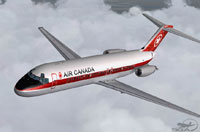
Air Canada Douglas DC-9-32 in flight with a 1967 paint scheme.
Key Features of the DC-9-32 Variant
- Extended Fuselage: Compared to the earlier Series 10, the Series 30 fuselage was lengthened to accommodate more passengers while still maintaining relatively compact dimensions.
- High-Lift Wing System: Leading edge slats augment lift, contributing to its reliable short-field performance, which was critical for various domestic and regional destinations.
- JT8D Engines: Many Series 30 aircraft used the JT8D-7 or JT8D-9 powerplants. Select versions were later upgraded with higher-thrust models such as the JT8D-11 or JT8D-15.
- Versatile Cabin Layouts: The DC-9’s cabin design allowed operators to modify seating arrangements for regional services or high-density routes.
Installation and Aircraft Configuration
This release contains only the texture files. The base model by SGA is not included but can be downloaded from the Fly Away Simulation library. Once you have the base package, extract the included repaint package into your chosen aircraft folder. Then, modify the aircraft.cfg file with the following configuration (replacing XX with the next consecutive entry):
[fltsim.XX]
title=SGA DC-9-30 Air Canada 1967
sim=SGA DC9_30
model=
panel=
sound=
texture=ac67
checklists=
atc_id=CF-TLL
atc_id_color=
atc_airline=Air Canada
atc_flight_number=102
ui_manufacturer=McDonnell Douglas
ui_type=DC-9-32
ui_variation=Air Canada (1967)
description=DC-9 no.133 flown by Air Canada.\nLivery by Frank Idone.\n\nThe DC-9 was designed specifically to operate from short runways and on short- to medium-range routes so that the speed, comfort and reliability of jet transportation could be extended to hundreds of communities previously served only by propeller-driven airliners. Fuselage of the Series 30 DC-9, actually second developed, is nearly 15 feet longer than the Series 10, at 119.3 feet (36.3 m), providing seats for up to 115 passengers and cargo space to 895 cubic feet (25.3 m3). Series 30 wingspan was increased to 93.3 feet (28.4 m), and a high-lift wing system of leading edge slats gives the Series 30 excellent short-field performance. The first of the type began airline service in February 1967. Most of the Series 30s are powered by either JT8D-7 or JT8D-9 engines. Others are equipped with JT8D-11 or the JT8D-15, with 15,500 pounds of thrust. The Series 30 is the most widely used member of the DC-9 family, accounting for approximately 60 percent of the entire fleet.
visual_damage=0
atc_heavy=0
atc_id_font=Verdana,-11,1,600,0
atc_parking_codes=
atc_parking_types=GATE,RAMP
Credited Creators
The visual fidelity of this Air Canada 1967 repaint is fully credited to Frank Idone. Special acknowledgment goes to the SGA team for their Douglas DC-9 series model that underpins this texture. Their collective attention to flight dynamics, aircraft geometry, and resource efficiency ensures excellent performance within Microsoft Flight Simulator 2004.
The archive d932ac67.zip has 23 files and directories contained within it.
File Contents
This list displays the first 500 files in the package. If the package has more, you will need to download it to view them.
| Filename/Directory | File Date | File Size |
|---|---|---|
| TEXTURE.ac67 | 10.20.04 | 0 B |
| 30FUSE_L.BMP | 10.27.04 | 1.00 MB |
| 30FUSE_T.BMP | 10.20.04 | 4.00 MB |
| CONE_L.BMP | 08.08.03 | 5.43 kB |
| CONE_T.BMP | 08.08.03 | 5.43 kB |
| DC9xINTERIOR_L.BMP | 05.19.04 | 256.07 kB |
| DC9xINTERIOR_T.BMP | 01.28.04 | 1.00 MB |
| DC9_B_L.BMP | 05.19.04 | 256.07 kB |
| DC9_B_T.BMP | 10.20.04 | 4.00 MB |
| ENGINES_L.BMP | 05.19.04 | 256.07 kB |
| ENGINES_T.BMP | 10.20.04 | 1.00 MB |
| INTAKE_L.bmp | 08.08.03 | 5.43 kB |
| INTAKE_t.BMP | 08.10.03 | 42.78 kB |
| WING_LEFT_L.BMP | 05.19.04 | 256.07 kB |
| WING_RIGHT_L.BMP | 05.19.04 | 256.07 kB |
| ac67_30.jpg | 10.30.04 | 57.98 kB |
| file_id.diz | 10.30.04 | 143 B |
| SGA DC-9 Readme.pdf | 09.23.04 | 153.00 kB |
| Install.txt | 10.30.04 | 2.78 kB |
| WING_RIGHT_T.BMP | 10.30.04 | 1.00 MB |
| WING_LEFT_T.BMP | 10.30.04 | 1.00 MB |
| flyawaysimulation.txt | 10.29.13 | 959 B |
| Go to Fly Away Simulation.url | 01.22.16 | 52 B |
Installation Instructions
Most of the freeware add-on aircraft and scenery packages in our file library come with easy installation instructions which you can read above in the file description. For further installation help, please see our Flight School for our full range of tutorials or view the README file contained within the download. If in doubt, you may also ask a question or view existing answers in our dedicated Q&A forum.
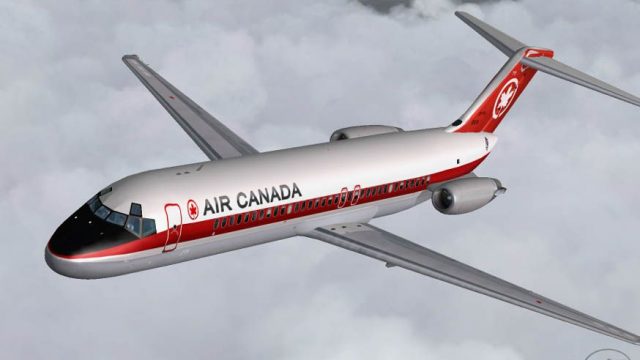
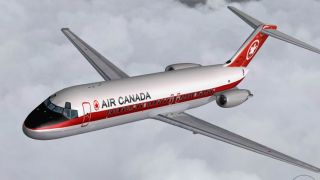

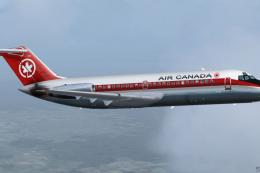
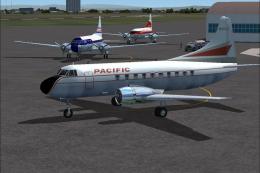
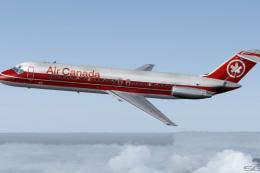
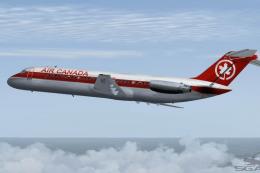
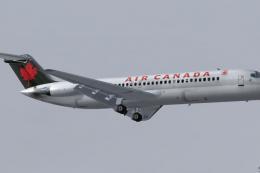
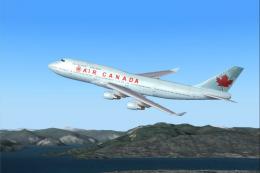
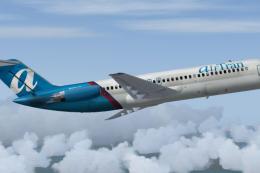
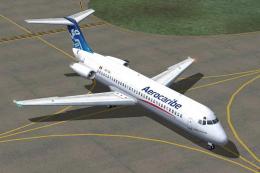
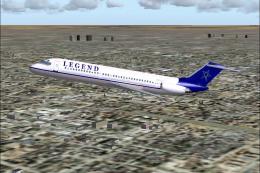

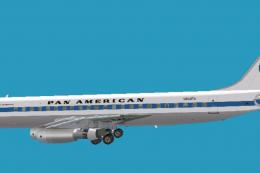
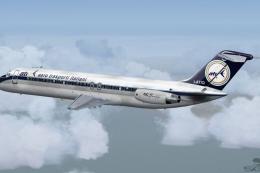
0 comments
Leave a Response